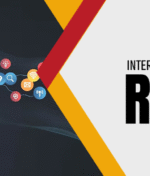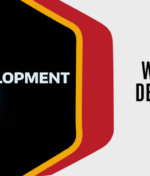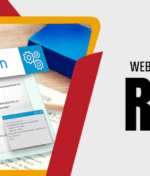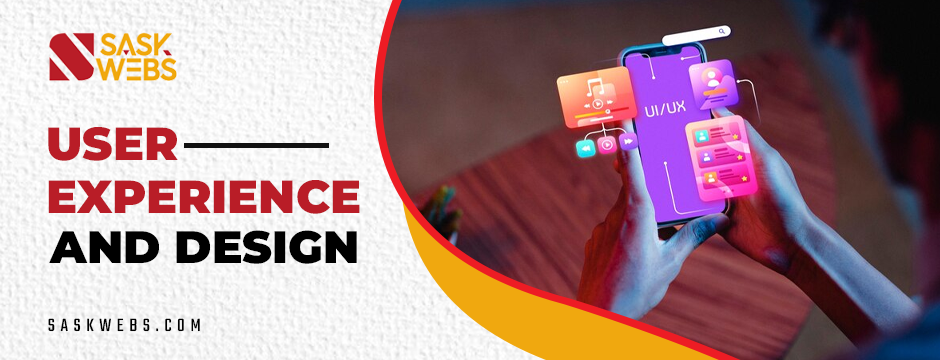
User experience and design integration into business processes are more important than ever in today’s competitive landscape. Processes that are effective and give priority to UX and design improve user satisfaction and improve business outcomes. This blog explores how UX and design contribute to creating effective processes, ultimately leading to improved outcomes.
Understanding User Experience (UX) and Design
User Experience (UX) is about how a user feels when they use a product, system, or service. It includes everything from how easy it is to use, how accessible it is, and how happy the user is with it. UX design aims to make these interactions as smooth and enjoyable as possible, so users find the product or service easy to understand and pleasant to use.
Design, in this context, means how a product or service looks and works. Good design makes sure that both the appearance and the usability are just right. It ensures that users can easily find their way around and use the product or service without any problems.
The Intersection of UX and Design in Process Improvement
- Enhancing Usability and Efficiency
One of the primary roles of UX and design in process improvement is enhancing usability. An intuitive design reduces the learning curve for users, enabling them to accomplish tasks more efficiently. For instance, a well-designed software interface that simplifies complex workflows can lead to faster completion of tasks and fewer errors. By streamlining processes through effective design, businesses can improve overall efficiency and productivity.
- Fostering User Satisfaction and Engagement
User satisfaction is closely linked to the quality of UX and design. A user-friendly design that aligns with user needs and preferences can significantly enhance satisfaction. When users find a product or service enjoyable and easy to use, they are more likely to engage with it regularly. This increased engagement can lead to higher retention rates and positive word-of-mouth referrals, contributing to better business outcomes.
- Reducing Costs and Time to Market
Investing in UX and design early in the development process can lead to significant cost savings. By identifying and addressing potential usability issues before the product or service is launched, businesses can avoid costly post-launch fixes. Additionally, a well-designed product can accelerate time to market by reducing the need for extensive revisions and updates. This efficiency allows businesses to respond more quickly to market demands and stay ahead of competitors.
- Improving Accessibility and Inclusivity
Effective UX and design also play a crucial role in making products and services accessible to a broader audience. By incorporating inclusive design principles, businesses can ensure that their offerings are usable by people with diverse abilities and needs. This inclusivity not only expands the potential user base but also demonstrates a commitment to social responsibility. Accessible design can enhance the overall user experience and foster positive brand perception.
- Driving Innovation and Differentiation
Incorporating UX and design into business processes can drive innovation by encouraging creative solutions to user challenges. A design-focused approach fosters experimentation and exploration of new ideas, leading to innovative products and services that stand out in the market. By differentiating themselves through unique and user-centred design, businesses can attract and retain customers more effectively.
Practical Steps to Integrate User Experience and Design into Processes
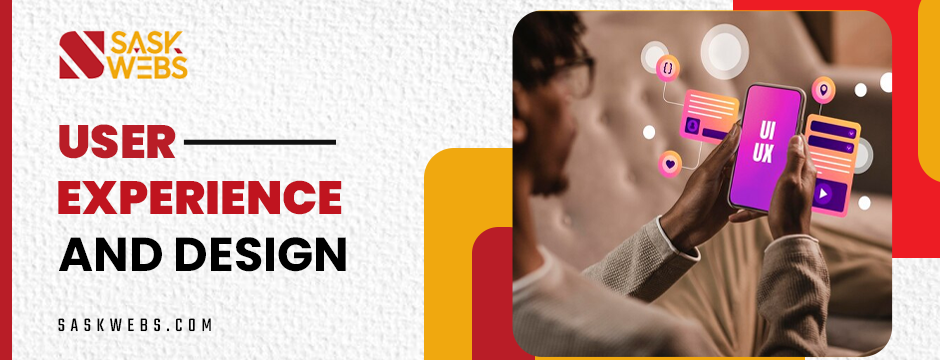
- Conduct User Research
Before starting any design project, it’s essential to conduct thorough user research. Understanding users’ needs, preferences, and main points provides valuable insights that inform the design process. Methods such as surveys, interviews, and usability testing can help gather this information and ensure that the design aligns with user expectations.
- Prioritize User-Centred Design
Adopting a user-centred design approach means putting the user at the heart of the design process. This involves creating personas, mapping user journeys, and continuously testing and refining designs based on user feedback. By focusing on user needs and goals, businesses can create designs that deliver meaningful and effective experiences.
- Implement Iterative Design Processes
An iterative design process involves continuously refining and improving designs based on feedback and testing. This approach allows for incremental changes and ensures that the final product or service meets user needs and expectations. Iterative design also helps identify and address issues early in the development process, reducing the risk of costly revisions later on.
- Foster Cross-Functional Collaboration
Effective UX and design require collaboration between various stakeholders, including designers, developers, product managers, and users. Encouraging open communication and collaboration ensures that all perspectives are considered and that the design process is aligned with business goals and user needs. Cross-functional teams can work together to create cohesive and effective processes that drive better results.
- Measure and Evaluate Success
To assess the impact of UX and design on process effectiveness, it’s important to establish metrics and evaluate performance. Key performance indicators (KPIs) such as user satisfaction, task completion rates, and conversion rates can provide insights into the success of the design and its contribution to achieving business objectives. Regular evaluation helps identify areas for improvement and ensures that the design continues to meet user needs and expectations.
Conclusion
User experience and design play a crucial role in creating effective processes that drive better results for businesses. By enhancing usability, fostering satisfaction, reducing costs, improving accessibility, and driving innovation, UX and design contribute to more successful outcomes. Implementing user-centred design practices and fostering collaboration can lead to more effective processes and, ultimately, a more competitive and successful business.
Investing in UX and design is not just a trend but a strategic approach that delivers tangible benefits. As businesses strive to meet the ever-evolving needs of their users, prioritizing UX and design will continue to be a key factor in achieving long-term success.
Transform your digital presence with SaskWebs—where exceptional user experience and innovative design come together to elevate your business to new heights. Let us help you create effective processes and outstanding results!




